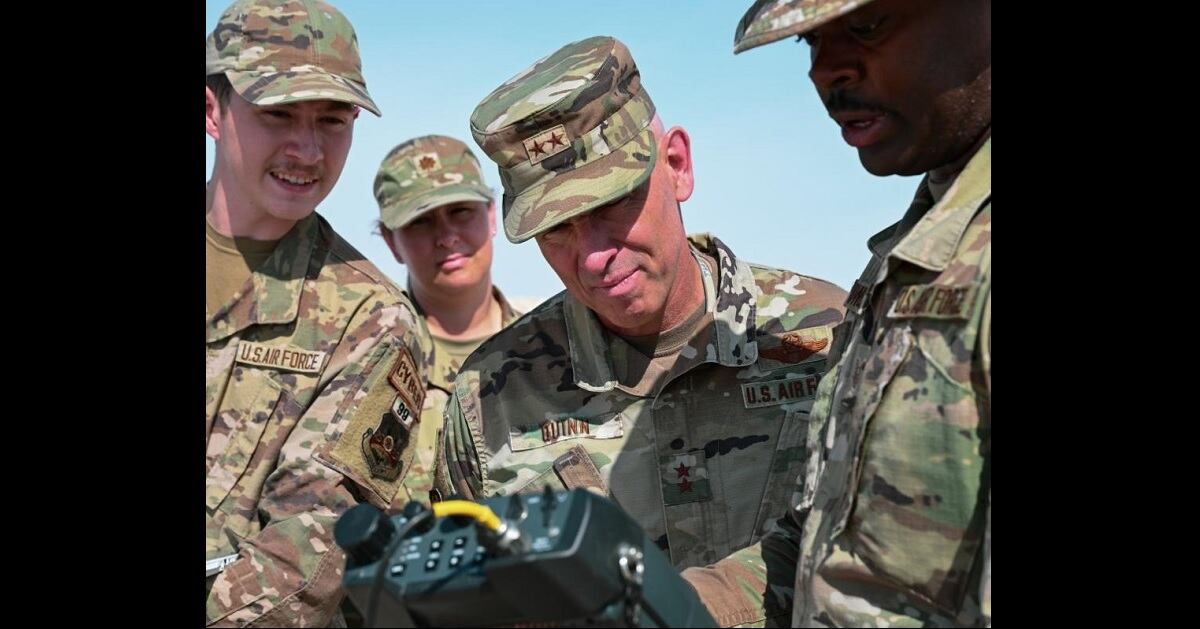After struggling to fend off weaponized quadcopters in the Middle East for years, a band of volunteer airmen is trying to flip the script.
The new unit, known as “Task Force 99″ at Al Udeid Air Base in Qatar, wants the U.S. Air Force to use small, store-bought drones to its own advantage.
“The ability to protect local populations and our bases against small [unmanned aerial systems] is very important,” said Lt. Col. Erin Brilla, the team’s commander. “[How] can we … turn that narrative around and impose dilemmas in the other direction?”
RELATED
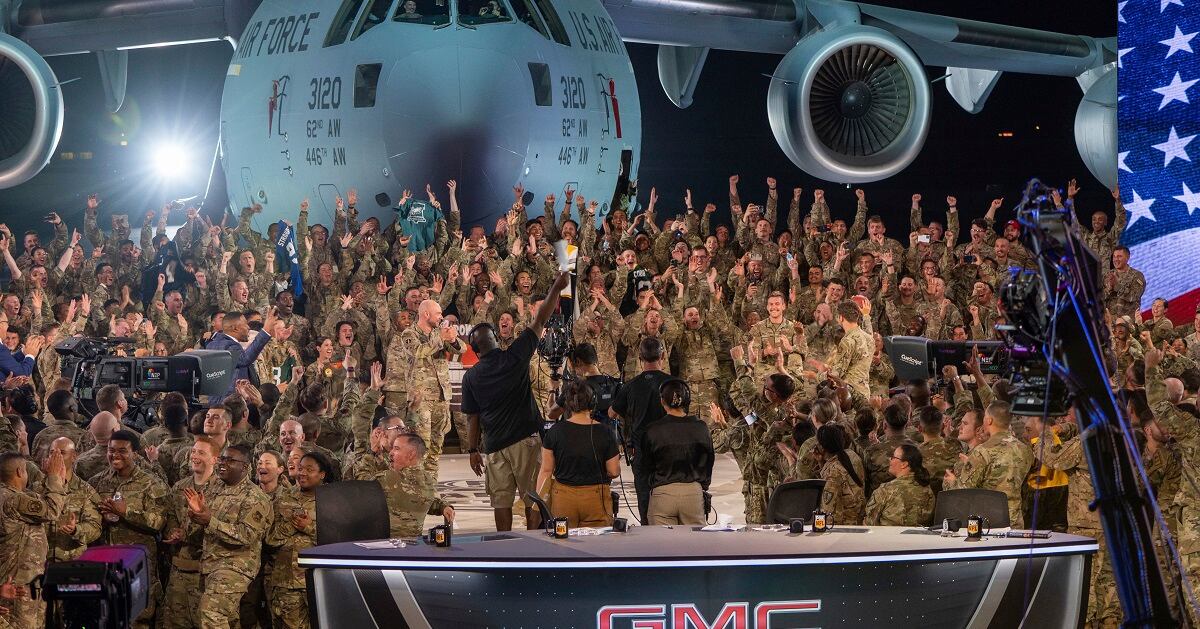
Quadcopters and the like offer several advantages: They are easy to find, cheap to buy, relatively simple to customize and fly, require little upkeep, can be carried essentially anywhere, have a low profile, and are quick to replace.
These lightweight drones are far less sophisticated than the Air Force’s remotely piloted MQ-9 Reaper or RQ-4 Global Hawk. But they can still wreak havoc when outfitted with cameras, radio jammers or explosives, or if they get sucked into and destroy a jet engine.
That’s turned the children’s toy or photographer’s tool into a hallmark of asymmetric warfare over the past decade.
In the coming year, Task Force 99 will mix and match small drones with a variety of low-tech gadgets that could give airmen an upper hand on the battlefield.
Their first attempt involved an electronic warfare tool that can jump radio frequencies and transmit audio or video over those channels, said Capt. Barrett Kopel, the group’s cyber and systems integration chief.
RELATED
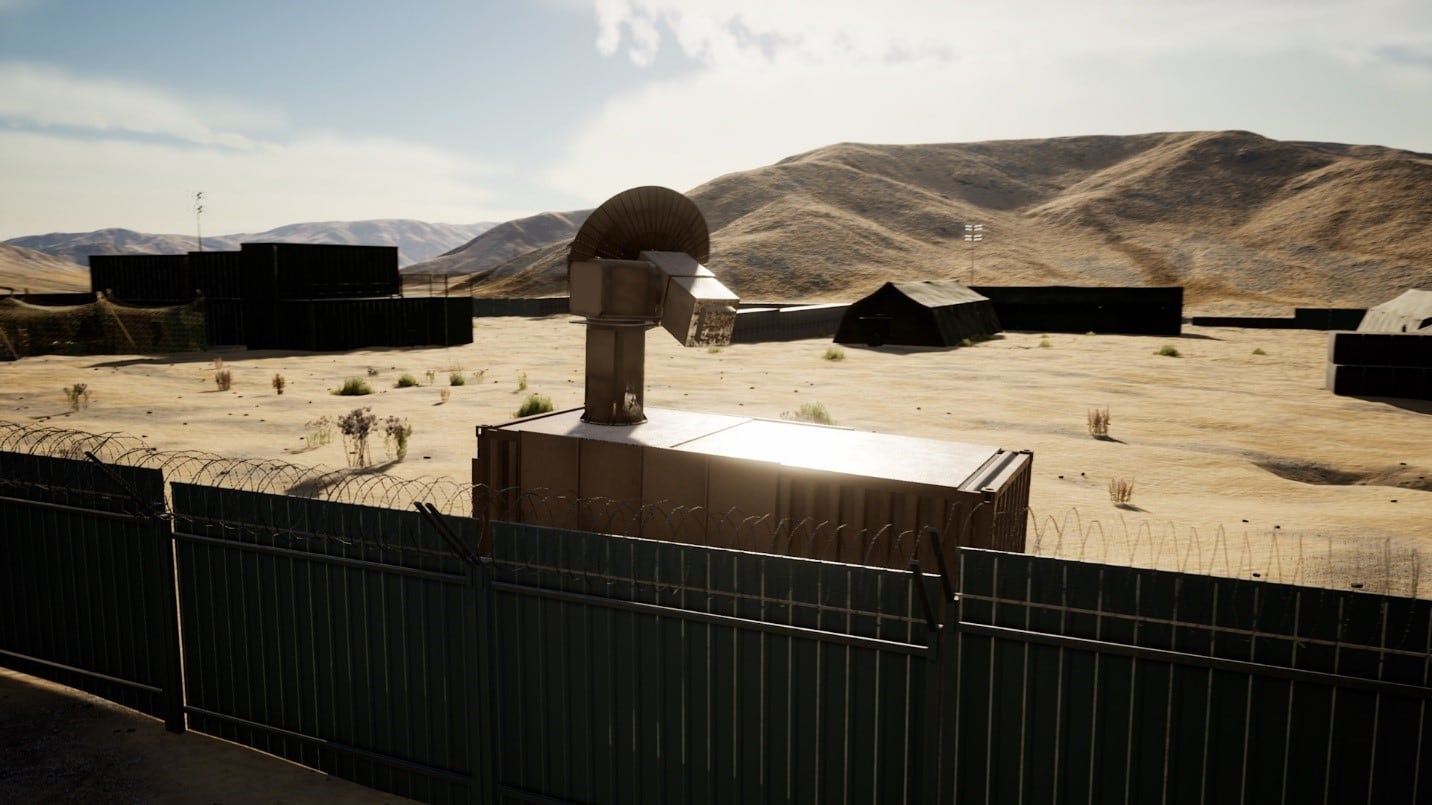
It was cobbled together using “pieces that you would find if you were to go into an old-school RadioShack” and code they found online, Kopel said.
They’re tinkering with the contraption to see if it could block nearby frequencies while riding on a drone, among other possibilities.
“Our first success story, really, is generating and proving that we can take commercial off-the-shelf software, commercial off-the-shelf hardware, and … apply it towards an operational capability,” he said.
Brilla said the group has its first small drone ready to collect unclassified images, but needs approval from the Qatari government to fly near the base.
“It provides orthomosaic and 3D modeling imagery capabilities to look at facilities or landscapes that we’ve previously not been able to access … due to [intelligence, surveillance and reconnaissance resource] allocation and competing intelligence requirements,” said Capt. Raymond Revell, the group’s intelligence chief.
An orthomosaic, according to the web site dronegenuity.com, is “like Google Earth, but way sharper. It is a large, map-quality image with high detail and resolution made by combining many smaller images called orthophotos.”
The Pentagon’s limited inventory of intelligence assets don’t have the time or bandwidth to map out everything. Drones can help fill that gap so troops can better understand the land around them.
“The biggest takeaway is how cheap these UASs are, because you can employ a number of them for very low cost, and they’re attritable, so you don’t really care if you lose them or not,” Revell said of store-bought drones, which typically retail for less than $1,500. “If you do lose them, whatever capability that your adversary has used to take down that drone likely was slightly more expensive than you fielding that drone in the first place.”
RELATED
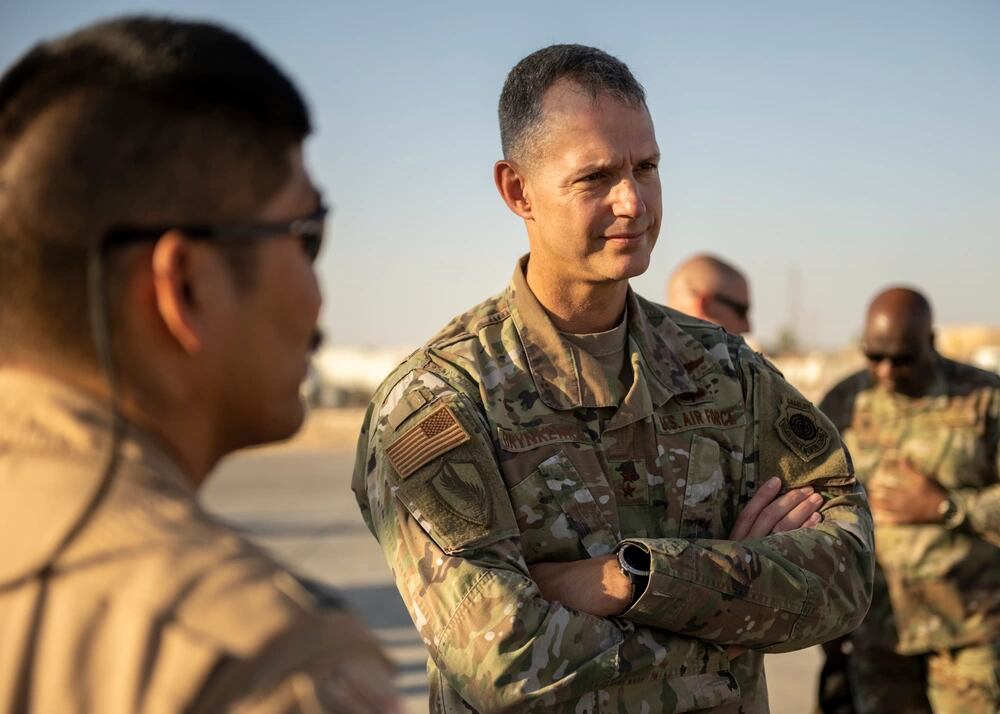
Another perk: Because the system is unclassified, Americans don’t have to withhold as much information from their foreign partners as they would with a more complex machine.
That’s particularly important as U.S. officials hash out the details of how Middle Eastern countries might work together in a regional security collective, making those partner nations less dependent on American forces.
A Middle East air defense alliance would ideally pool resources to secure and monitor the airspace using far fewer U.S. aircraft and sensors than in the past. As part of that effort, Task Force 99 is looking at long-endurance aircraft that can loiter for days and pass the data it collects back to the Air Force.
“It really boils down to making sure that we are making the best use of our resources to ensure that we have a sufficient and sustainable presence here,” Brilla said. “We absolutely need each other.”
The effort comes as the U.S. looks to maintain a smaller overseas footprint in the post-Afghanistan War era. The Pentagon has also begun retiring some of the workhorse drones that have played that surveillance role for years.
Task Force 99 sees those legacy aircraft as useful on their own, but not plentiful or versatile enough to create a true blanket of “eyes in the sky” over a region.
“There’s some interesting, different technologies … that can fly for days,” Brilla said. “We are laying the groundwork for proofs of concept in 2023, probably in succession, to measure them against each other.”
Still, the unit has to figure out how to funnel the data it collects to the rest of the military in a way that is relevant and understandable.
RELATED
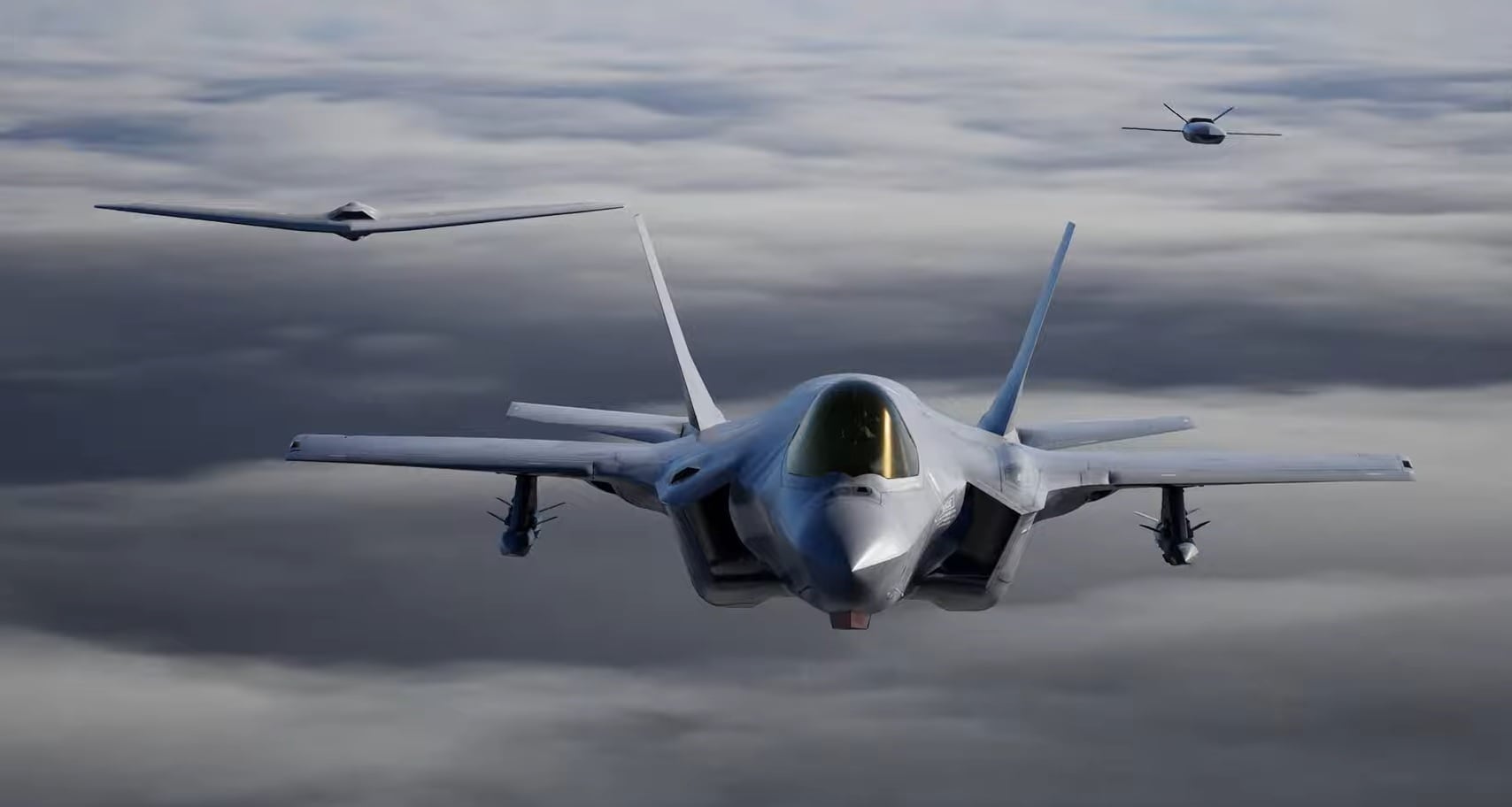
Task force members hope they can succeed where numerous federal programs have failed: Quickly and cheaply getting troops new technology that makes a difference on the battlefield.
Task Force 99 became an official unit in mid-October and moved into its own facilities at the end of 2022. The team of eight Americans, plus three troops from Italy, Canada and the United Kingdom, plans to partner with sister organizations in the Army and Navy and is tapping into the resources offered elsewhere in the military’s “innovation” ecosystem.
Brilla wants to double the size of her team, staying under 20 people, and bring in airmen with experience in support roles like contracting and finance.
“By nature of being in a deployed environment, we will have a somewhat rotational force, which is good because it keeps fresh ideas coming in,” she said. “But we also will need some … continuity going forward.”
Rachel Cohen is the editor of Air Force Times. She joined the publication as its senior reporter in March 2021. Her work has appeared in the Washington Post, the Frederick News-Post (Md.), Air and Space Forces Magazine, Inside Defense, Inside Health Policy and elsewhere.
